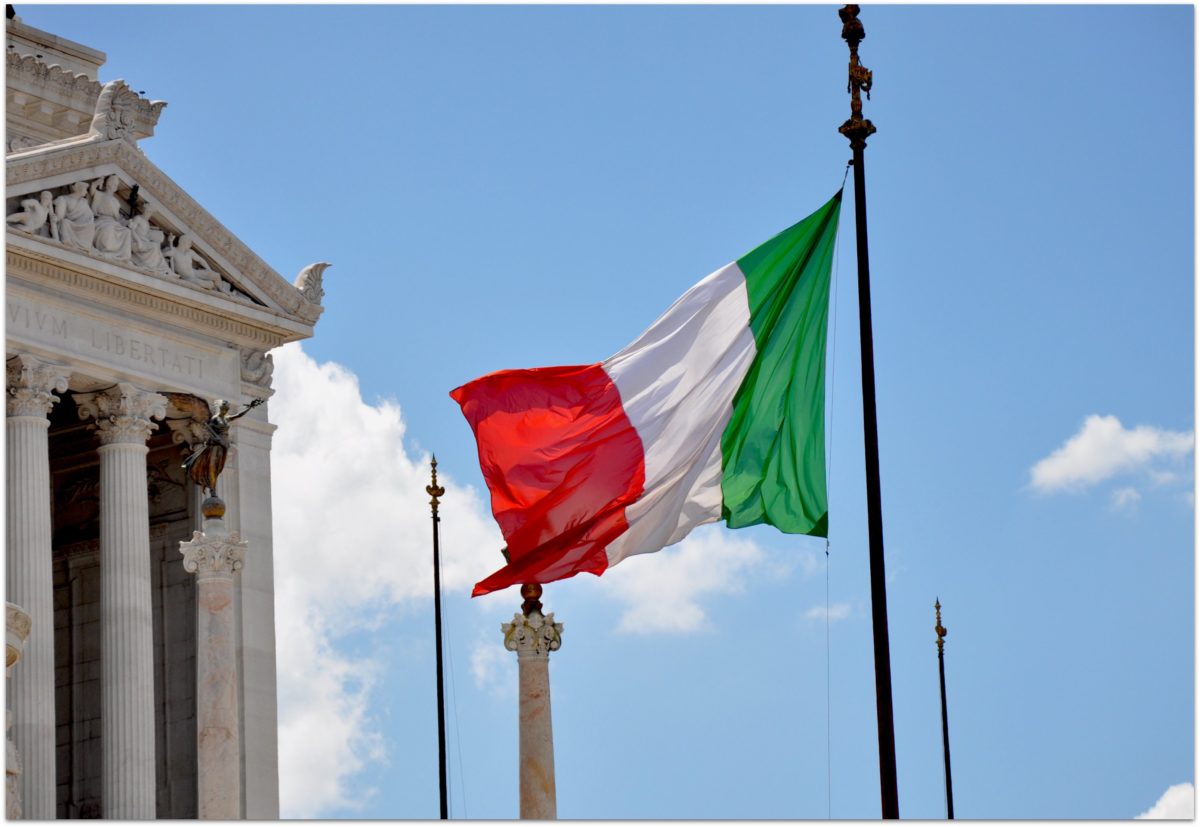Emilio Cremona, president of renewable energy organization ANIE Rinnovabili, has told pv magazine that together with the directorate of ANIE Federation, the parent company, they have planned a meeting with an unnamed, major international legal consultancy firm aiming “to assess the opportunity and the action that can be undertaken to take the retroactive FIT's cut forward.”
“There are several options on the discussion table and soon a decision will be taken,” Cremona added, stressing that “the main objective is to undertake all the necessary action to protect the industry players involved from this political decision.”
ANIE Rinnovabili represents the Italian companies working in the renewable energy sector (solar PV, wind, small hydro, biomass and geothermal). The association is part of the ANIE Federation, which consists of companies that produce, distribute and install equipment, components and systems for the generation, transmission and distribution of electricity in Italy.
Questioning the necessity of the subsidy cuts
Italy's government argues that the recent subsidy cuts were necessary because renewable energy incentives have produced “excessive” investment in solar and wind power, distorting consumer prices.
On the contrary, Cremona said the decision to apply a variety of FIT reductions for solar PV installations was “absolutely unnecessary.”
“We agree with the project of reducing the cost of energy bills for all final users but at the same time we believe that this can't be done with a retroactive FIT cut. This is causing several problems to all investors, from the single entrepenuer to the equity funds. In the short term there might be a little energy bill reduction but in the medium-to-long term the result is a loss of credibility and Italy will be regarded as an unsafe place for investments. And the whole economy could suffer,” Cremona told pv magazine.
According to the new law approved by the Italian parliament in August, PV plants bigger than 900 kW face minimum losses of about 8%. The legislation retroactively modifies the way FITs will be paid as of January 1 to existing PV installations.
The European Photovoltaic Industry Association (EPIA) has also criticized the Italian government, arguing that the new law will destabilize the once-flourishing Italian PV market and give a very bad signal to the entire Italian economy, cause legal uncertainty and tarnish the country's image as a stable destination for investments.
Meanwhile, Italy's solar PV sector broke another limit providing nearly 10% of the country's electricity demand from January to August. In August specifically, Italy's photovoltaic installations generated 2,834 kilowatt hours of energy, the highest amount of energy generated from PV plants in Italy ever.
Popular content
This content is protected by copyright and may not be reused. If you want to cooperate with us and would like to reuse some of our content, please contact: editors@pv-magazine.com.


By submitting this form you agree to pv magazine using your data for the purposes of publishing your comment.
Your personal data will only be disclosed or otherwise transmitted to third parties for the purposes of spam filtering or if this is necessary for technical maintenance of the website. Any other transfer to third parties will not take place unless this is justified on the basis of applicable data protection regulations or if pv magazine is legally obliged to do so.
You may revoke this consent at any time with effect for the future, in which case your personal data will be deleted immediately. Otherwise, your data will be deleted if pv magazine has processed your request or the purpose of data storage is fulfilled.
Further information on data privacy can be found in our Data Protection Policy.